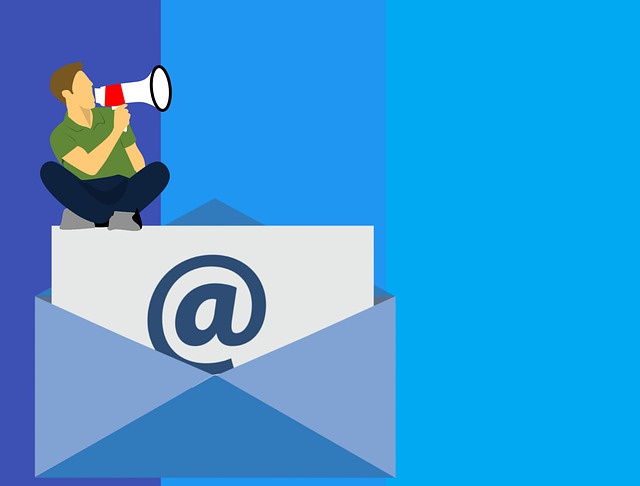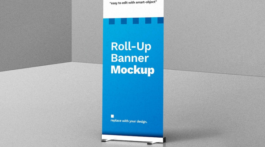The right cold email service is a great asset for both cold emails and newsletter marketing
Too often, the terms “cold emailing” and “newsletter marketing” are used interchangeably. Though they may appear similar on the surface, there are vastly different strategies to find success. When you are using cold emails or newsletter marketing you should set up completely separate campaigns. Should you use newsletter tactics in your cold email, it’s likely that you won’t get very many replies. So, before you start plugging addresses into your cold email service, let’s go over their similarities and differences. Keep reading so you know how to avoid the most common pitfalls for cold email and newsletter marketing.
Your Target Audiences Should be Different
Once you’ve gathered your mailing list, use a email cold email service to separate your audiences
.
When discussing the similarities and differences between cold emails and newsletters, the first difference is your target audience. When you are sending cold emails, the first step of the process is prospecting. Prospecting is the practice of gathering a mailing list to plug into your cold email service. Often these addresses come from publicly available resources on the internet, like Linkedin or a company website.
On the other hand, when it comes to newsletter marketing your company will collect addresses from your site. So, your audience for a newsletter is likely already familiar with your company and is interested in updates — while cold email campaigns begin by contacting new potential customers.
Change Your Formatting
Formatting is a key differentiating factor between cold emails and newsletter marketing
The next difference your company needs to consider before launching a new digital marketing campaign is the message format. Newsletters and cold emails have very different formatting styles that recipients have come to expect.
Starting with cold emails, a great cold email tactic is personalization. Cold emails — since they are unsolicited messages — should look like a personal email. That way, recipients feel like they are getting mail from a person rather than an automated cold email service. The cold email format also gives you the opportunity to introduce your company a bit before you get into the sales pitch.
On the other hand, newsletters can be a little bit less personal. While you can personalize some aspects of email newsletters, you can’t quite personalize the email in the same way you can personalize a cold email. After all, the recipient likely remembers giving out their email address and already knows a bit about the company. That means there’s no need for a lengthy introduction in a newsletter. A newsletter should also always have a new piece of media to show off — otherwise there would be no reason for a newsletter. So before you send out a newsletter, make sure that the message prompts your recipient to check out a new post, item, sale, blog, or podcast.
Your Should Write Each Message With a Different Purpose
For each different audience you need to write a bit differently
When you are sending out a cold email or a newsletter, you should have a clear goal in mind. In the case of cold emails vs. newsletters, each category has its own end goal. For cold emails, the goal of your company is to get a reply. When you send out a newsletter, your intent is to get the audience to engage by selling the recipient on your company’s message. Because the purpose of each message is different, you need to write your copy completely differently.
Generally speaking, cold emails are usually more of a sales tactic more than a marketing tool. So if you’re stumped trying to write a cold email, start by writing your email as though it were a sales pitch.
Newsletters are more marketing focused than sales focused. In a lot of cases, those who subscribe to newsletters may have already made a purchase from your site which is how they ended up on the mailing list. The goal of your newsletter should be to promote engagement over sales.
Personalize Your Cold Emails
The key to get responses from your cold email campaign is personalization
Cold emails — unlike newsletters — are your first point of contact with a new customer. And, in the business world, there is no more powerful tool than a great first impression. When a potential customer receives an unaddressed email, they are very likely to skip over it or mark it as spam. That means, you need to make sure that all of your cold emails are properly personalized.
So, how do you go about personalizing a cold email? The first step to personalizing a cold email is to gather a bit of information about the recipient. You can use tools like Google Workspace to organize your cold email information in a Google Sheet. After you’ve gathered the information needed, you can enter that information into a Google sheet along with their email address. Then, write out your email copy denoting where the recipient’s name and business should be added. Next, import your spreadsheet into your cold email service. After your contacts and information are properly imported, the names and companies will auto populate for each email. So, with the right cold emailing service, you can effortlessly personalize cold emails.
Newsletters do not need to be personalized since it is likely not the first time the recipient has engaged with your business. Not only that, but newsletter messages are often categorized in the “Offers” section of your Gmail account, not in the main inbox.
So, before you start your next email marketing campaign, remember that newsletters and cold emails have key differences that will affect the outcome of your campaign. Always consider your target audience and your marketing goals when writing your copy and you’ll be able to avoid some of the most common email marketing mistakes. Good luck on your next campaign!





